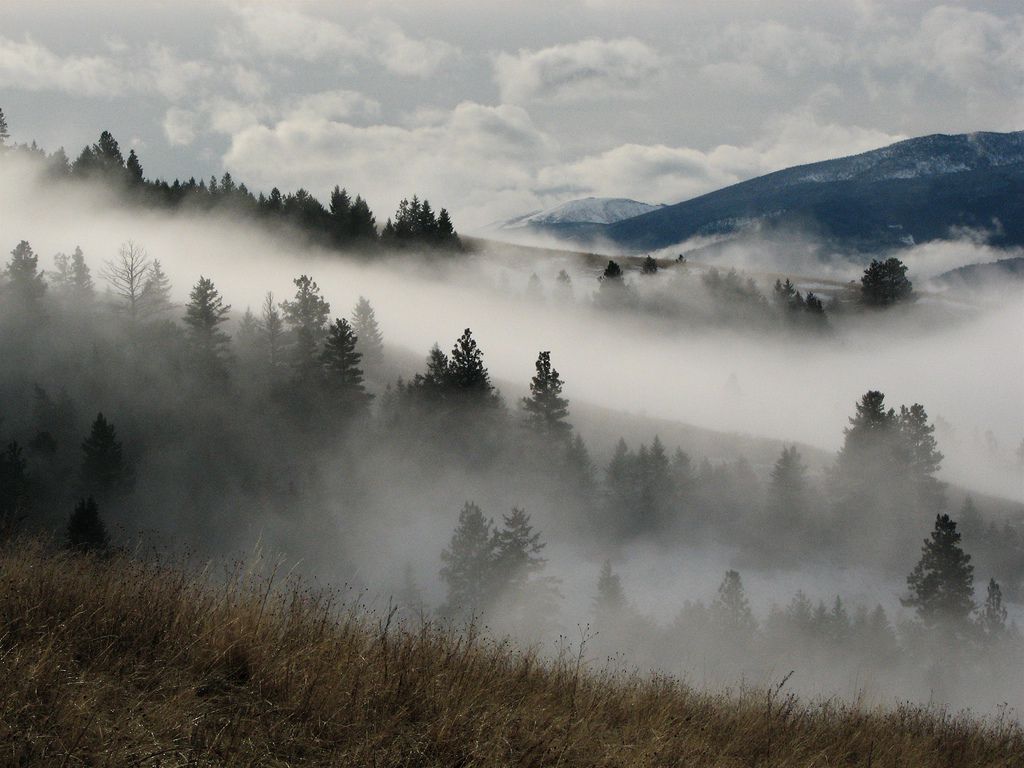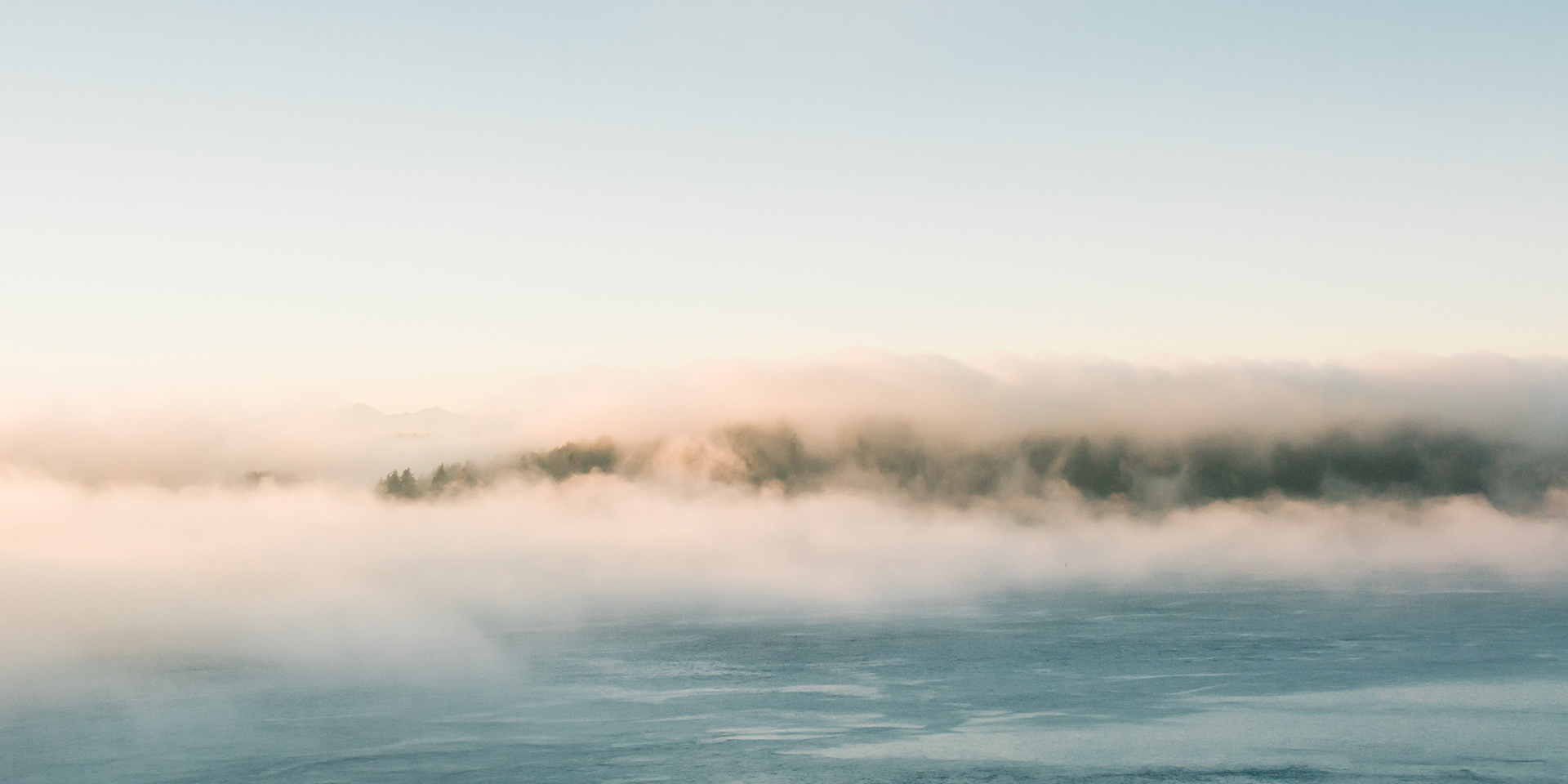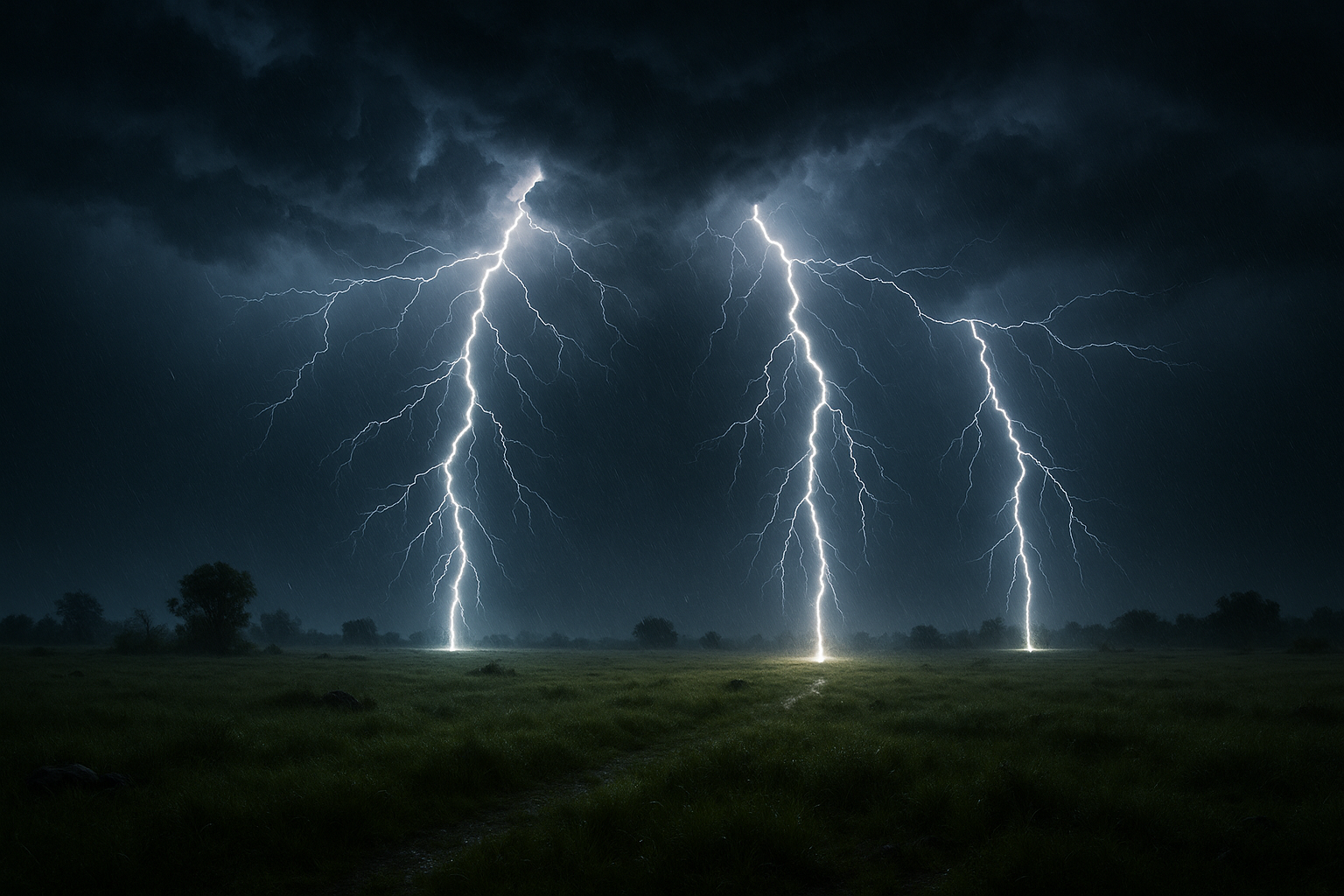In the vast, ever-changing canvas of the sky, there exists a mesmerizing spectacle that often goes unnoticed by the untrained eye: the double-layer cloud formation. These ethereal displays are nature’s own masterpieces, offering a captivating blend of artistry and meteorology. Imagine looking up to see not just one, but two distinct layers of clouds, each moving at its own pace, weaving a tapestry of textures and hues that can transform an ordinary day into an extraordinary visual feast. 🌥️✨ For photographers, nature enthusiasts, and anyone with a penchant for the wonders of the world, understanding and capturing these unique cloud formations can be both a challenge and a delight. But fear not, for this guide is designed to unlock the secrets of double-layer clouds, providing you with the insights needed to appreciate and photograph these stunning phenomena.
Understanding Double-Layer Cloud Forms
Double-layer cloud formations are a captivating and unique meteorological phenomenon that captures the imagination of both professional meteorologists and casual sky watchers alike. These cloud formations occur when two distinct layers of clouds form at different altitudes, creating a visual spectacle of depth and texture in the sky. The interaction between the layers, often moving in different directions or at different speeds, can create dramatic visual effects that are not only stunning but also tell a story about the atmospheric conditions at play. Understanding these formations requires a deeper dive into the types of clouds involved, the atmospheric conditions necessary for their formation, and the best ways to capture their beauty.
Clouds are generally categorized based on their appearance and altitude. The main types include cirrus, cumulus, stratus, and nimbus, each with unique characteristics and formation conditions. In a double-layer cloud formation, commonly, a layer of cirrostratus or cirrocumulus clouds is seen above a lower layer of altocumulus or stratocumulus clouds. The difference in altitude, combined with variations in temperature and wind patterns, creates the possibility of such dual-layer formations. Meteorologists often look at these formations to understand the weather patterns and predict changes in weather conditions, as they can indicate shifts in atmospheric pressure and humidity.
The Science Behind Double-Layer Cloud Formations
To delve deeper into the science of double-layer cloud formations, it is essential to understand the atmospheric dynamics that lead to their creation. The Earth’s atmosphere is a complex system, where various layers interact with each other in intricate ways. Temperature gradients, wind currents, and humidity levels all play a role in cloud formation. In double-layer formations, the difference in temperature and pressure between the two layers creates a stable environment that allows for the co-existence of two distinct cloud types.
One of the critical factors in the formation of these clouds is the presence of a temperature inversion. A temperature inversion occurs when a layer of warm air traps cooler air below it, preventing the usual vertical mixing of air. This inversion layer can act as a boundary between the two cloud layers, allowing them to form independently but coexist in close proximity. The presence of an inversion layer is often indicative of stable weather conditions, which can lead to the prolonged presence of these double-layer formations.
Additionally, wind shear, which refers to a change in wind speed or direction with altitude, can also contribute to the formation of double-layer clouds. Wind shear can create the necessary turbulence to generate and sustain cloud layers at different altitudes. The combination of inversion layers and wind shear creates an atmospheric environment ripe for the formation of these spectacular cloud displays.
Capturing the Beauty of Double-Layer Cloud Forms
Photographing double-layer cloud formations requires a keen eye and an understanding of the best conditions and techniques to capture their unique beauty. Whether you are a professional photographer or an amateur enthusiast, there are several strategies you can employ to ensure that you capture the breathtaking nature of these clouds.
Firstly, timing is crucial. The best time to capture double-layer clouds is during the golden hours of sunrise and sunset. The low angle of the sun during these times casts a warm, golden light on the clouds, enhancing their texture and depth. The interplay of light and shadow can highlight the different layers, creating a dynamic and visually engaging image. Additionally, the changing colors of the sky during these times can add an extra layer of beauty to your photographs.
When it comes to equipment, a good DSLR or mirrorless camera with a wide-angle lens is ideal for capturing the expansive nature of double-layer cloud formations. A tripod is also recommended to ensure stability, especially if you’re shooting in low-light conditions. For those looking to enhance their images further, a polarizing filter can be used to reduce glare and enhance the contrast between the cloud layers and the sky.
Tips and Techniques for Stunning Cloud Photography
While capturing double-layer cloud formations, consider the composition of your photographs. Incorporating elements such as trees, mountains, or bodies of water can provide a sense of scale and context to your images, making them more relatable and grounded. Experimenting with different angles and perspectives can also yield interesting results, highlighting the dynamic nature of the clouds.
In post-processing, consider adjusting the contrast and saturation to bring out the details in the clouds. However, be careful not to over-edit, as this can lead to a loss of the natural beauty of the scene. The goal is to enhance the existing features of the clouds, not to create an artificial look.
For those interested in further exploring the art of cloud photography, many online resources and communities offer valuable tips and inspiration. YouTube channels such as “Landscape Photography” and “Nature TTL” provide tutorials and insights into capturing stunning cloudscapes. Watch a related video here.
Comparative Table of Cloud Types
To better understand the components of double-layer cloud formations, it’s helpful to compare the different types of clouds commonly involved:
| Cloud Type | Altitude | Appearance | Formation Conditions |
|---|---|---|---|
| Cirrostratus | Above 20,000 feet | Thin, ice-crystal clouds that often cover the sky | Formed when warm, moist air rises high into the atmosphere |
| Altocumulus | 6,500 to 20,000 feet | Puffy, white clouds with some shading | Formed in moderately moist air in the mid-troposphere |
| Stratocumulus | Below 6,500 feet | Low, lumpy clouds covering the sky in patches | Formed in stable air masses with high humidity |
| Cirrocumulus | Above 20,000 feet | Small, white patches or rows of clouds | Formed by high-altitude atmospheric disturbances |
Best Practices for Observing Double-Layer Clouds
- Choose the Right Location: Find an open area with a clear view of the sky, such as a field, beach, or hilltop. This will provide an unobstructed view of the clouds.
- Be Patient: Cloud formations are dynamic and can change rapidly. Spend some time observing the clouds to see how they evolve and interact with each other.
- Stay Informed: Use weather apps or websites to track cloud patterns and predict the best times for observing double-layer formations.

Conclusion
Crafting a compelling conclusion to the topic “Unlock the Beauty of Double-Layer Cloud Forms: A Guide to Capturing Nature’s Spectacular Phenomenon” requires a thorough synthesis of the insights and themes we’ve delved into throughout the discussion. Here, we’ll encapsulate the main points while emphasizing the significance of this captivating natural occurrence and inspiring readers to engage further with the subject.
Throughout this exploration of double-layer cloud formations, we’ve embarked on a journey to understand not just the scientific underpinnings, but also the profound aesthetic and philosophical dimensions these phenomena offer. Initially, we delved into the science behind these formations, which are characterized by their distinct stratifications in the atmosphere. These layers often consist of different types of clouds, such as altostratus and cirrus, each contributing to the visual tapestry that makes double-layer clouds so fascinating. This understanding of meteorological principles enriches our appreciation of the beauty overhead, turning a simple skyward glance into an informed, enlightening experience.
Moreover, we explored the artistic aspect of capturing double-layer cloud formations through photography. This segment provided practical advice on timing, equipment, and techniques essential for photographing these transient beauties. The importance of lighting, particularly during golden and blue hours, was highlighted as a key factor in enhancing the colors and contrasts of the clouds, thus capturing their full majesty. Techniques such as bracketing and the use of polarizing filters were recommended to deal with the dynamic range challenges often encountered in such scenarios. The art of capturing these clouds is not merely a technical endeavor but an invitation to connect more deeply with the natural world, fostering a sense of mindfulness and presence.
In addition to the scientific and artistic discussions, we addressed the broader implications of observing and appreciating double-layer clouds. These formations remind us of the Earth’s complex atmospheric processes, highlighting the delicate balance of elements that sustain life. By observing and understanding these natural phenomena, we cultivate a deeper respect for the environment and become more attuned to the rhythms of nature. This awareness is crucial in a world where environmental consciousness is increasingly important.
As we conclude, it’s essential to recognize the intrinsic value of engaging with natural wonders like double-layer cloud formations. Not only do they offer aesthetic pleasure and scientific insight, but they also encourage a broader appreciation for the environment. By sharing our experiences and photographs, we can inspire others to look up and find beauty in the everyday sky. These moments of wonder can foster a sense of connection and community among fellow nature enthusiasts and photographers.
We invite you, our readers, to take what you’ve learned here and apply it. Whether you’re an aspiring meteorologist, an avid photographer, or simply a lover of nature, there’s much to be gained from actively observing and engaging with the world around you. Share your experiences, whether through social media or community groups, and encourage others to appreciate the sublime beauty of our skies. 🌥️
Furthermore, we encourage you to continue exploring and learning. The following resources provide additional insights and inspiration:
- NASA Earth Observatory: A treasure trove of information about atmospheric phenomena, including various cloud types and formations.
- Royal Meteorological Society: Offers educational resources and articles on meteorology, perfect for deepening your understanding of cloud formations.
- National Geographic Photography Tips: Provides valuable insights and techniques for photographing nature, including clouds.
In the end, the sky is both a canvas and a classroom, offering endless opportunities for observation and reflection. By nurturing our curiosity and sharing our insights, we contribute to a broader appreciation of the natural world. Let us continue to look up and marvel at the intricate beauty of double-layer cloud formations, fostering a sense of wonder and inspiration that transcends the everyday. 🌍✨
Thank you for embarking on this journey with us. Your thoughts and experiences are invaluable, so we encourage you to share them in the comments below. Let’s create a dialogue that celebrates and preserves the natural beauty that surrounds us.
Toni Santos is a visual storyteller and artisan whose creations celebrate the poetry of the natural world. Through his thoughtful artistic lens, Toni captures the elegance of botanical forms, transforming them into meaningful expressions of symbolism, resilience, and timeless beauty.
His journey is deeply rooted in a passion for flora and the mysteries they carry. From the shape of a petal to the curve of a vine, each design Toni brings to life reflects a deeper narrative — one of growth, transformation, and harmony with nature. Whether crafting symbolic floral jewelry, enchanted botanical illustrations, or seasonal visual studies, Toni’s work evokes the quiet magic found in Earth’s most delicate details.
With a background in handcrafted artistry and visual design, Toni blends technique with intention. His creations do more than decorate — they speak, often inspired by ancient meanings behind flowers, the cycles of the seasons, and the invisible bonds between nature and spirit.
As the creative voice behind Vizovex, Toni shares this botanical journey with the world, offering curated stories, handcrafted collections, and thoughtful articles that help others reconnect with nature’s symbolism and artistic essence.
His work is a tribute to:
The quiet power of flowers and their messages
The art of visual symbolism in everyday life
The beauty of slowing down to see what’s hidden in plain sight
Whether you’re an artist, a nature lover, or someone drawn to the deeper meanings behind the natural world, Toni welcomes you to explore a space where aesthetics meet soul — one petal, one story, one creation at a time.





